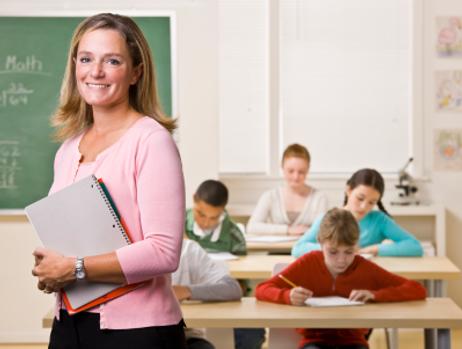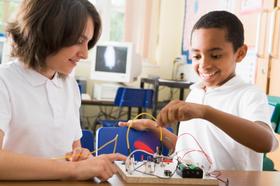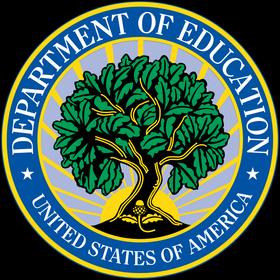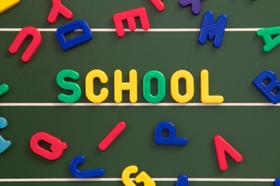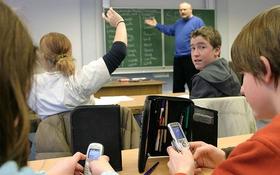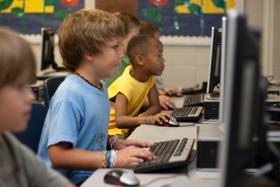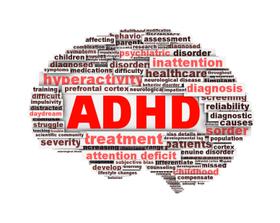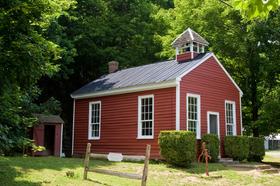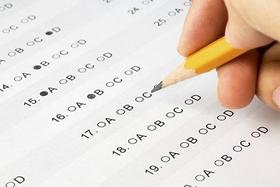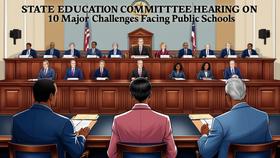Choosing a public school for your child is a much more complex task today. With many more options available than the neighborhood school down the street, parents often feel overwhelmed with determining their child's specific needs and researching the schools to find the best fit for them. There are several factors to weigh when choosing a school, and many of the most important features are listed below.
District Zones and Your Neighborhood School
For many families, the best school may be the neighborhood school down the street. Students are typically assigned to a specific elementary school by district zoning, which divides the district using a precise formula that allows for the most even allotment of students at each school. However, according to , the problem with choosing a school strictly based on zoning is that boundaries can change throughout a child’s academic career. One school may see significant growth that results in overcrowding, initiating a zoning change. Other schools may see enrollment drops that require either rezoning school boundaries or closing and consolidating schools.
One school may see significant growth that results in overcrowding, initiating a zoning change. Other schools may see enrollment drops that require either rezoning school boundaries or closing and consolidating schools. Parents concerned about possible zoning changes during their child’s academic career may want to inquire about open enrollment options. Some districts may allow families to enroll students at the school they have been attending in case of a

